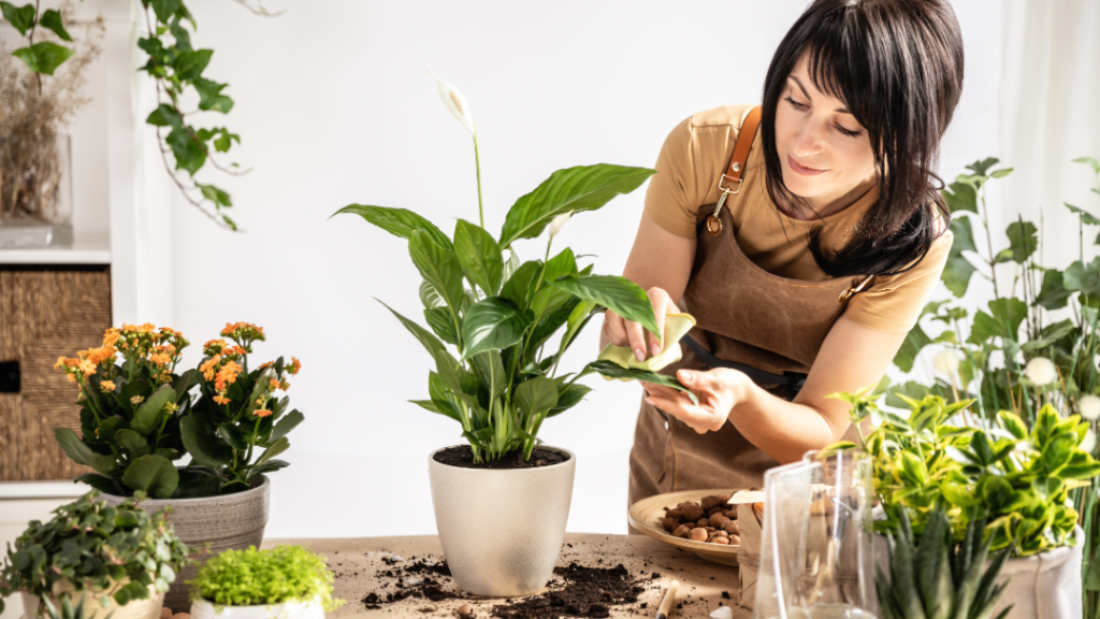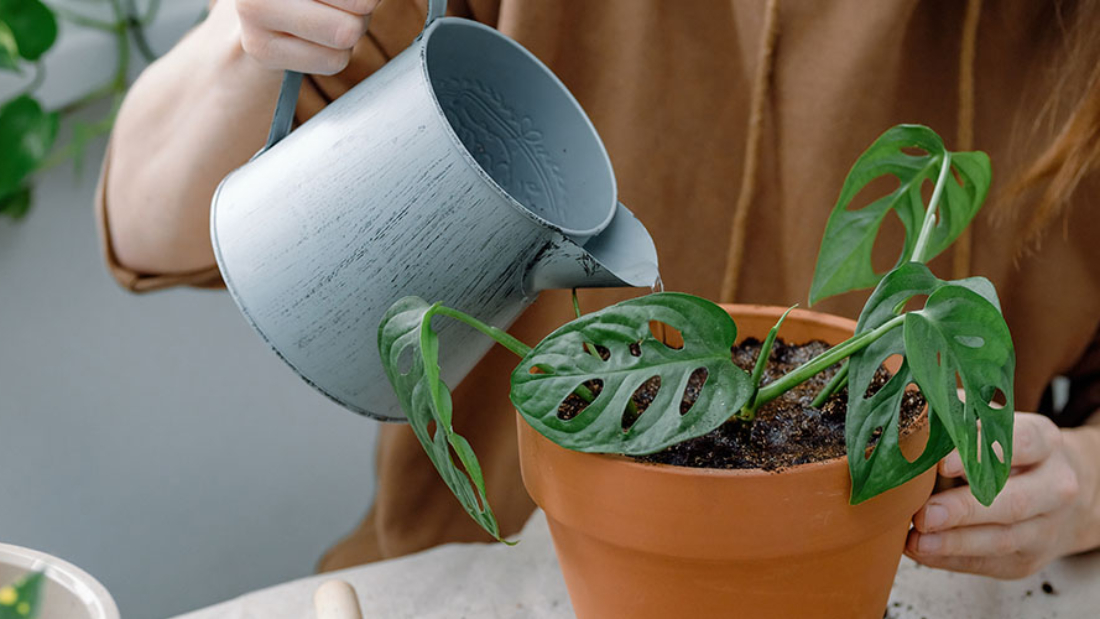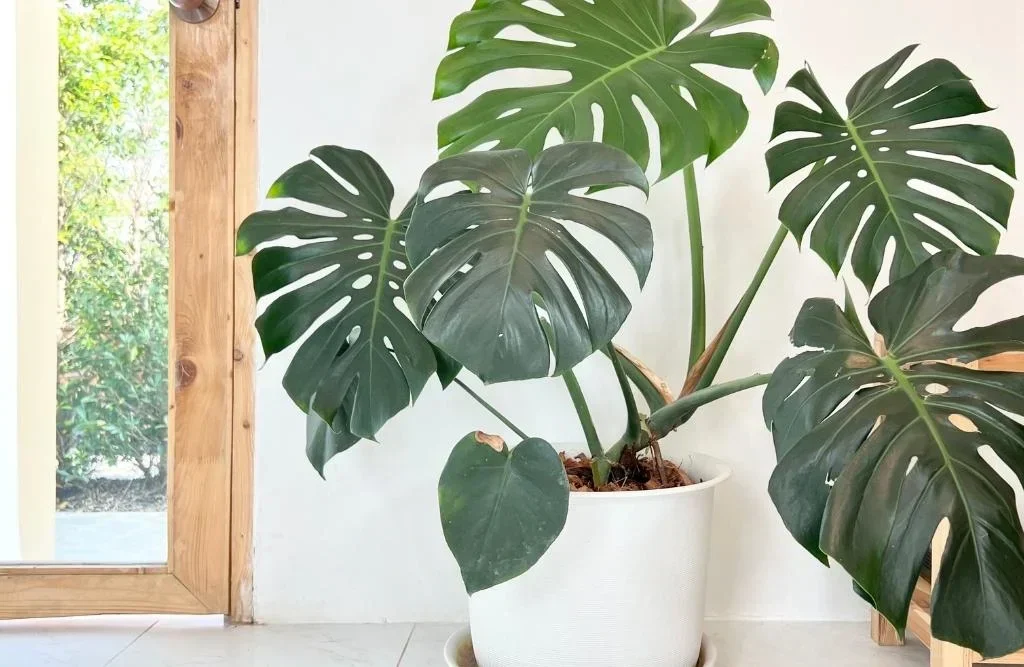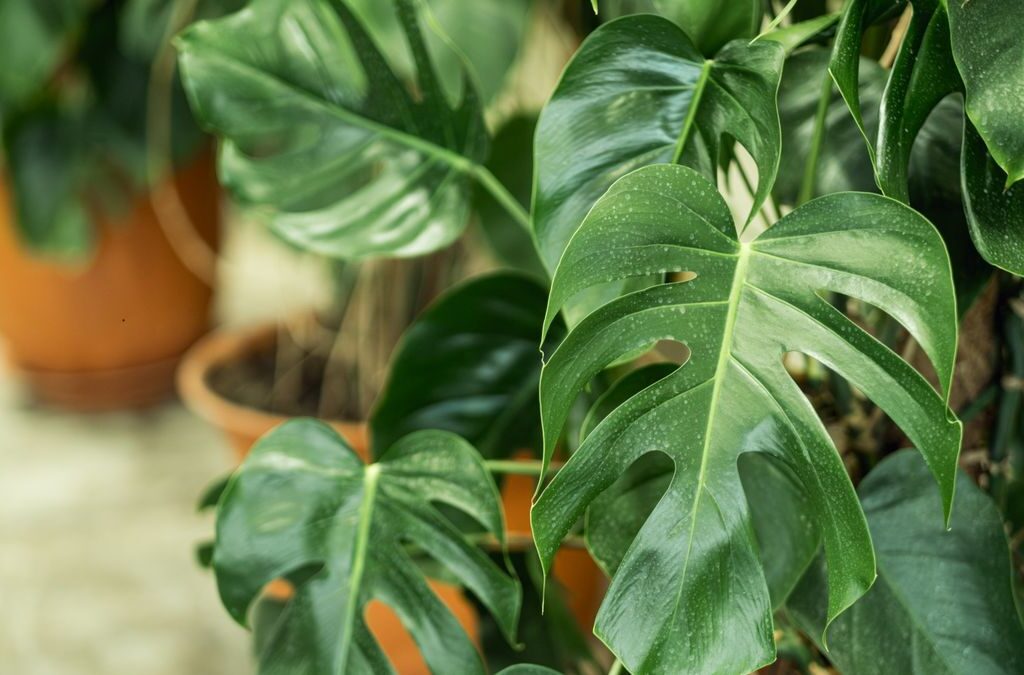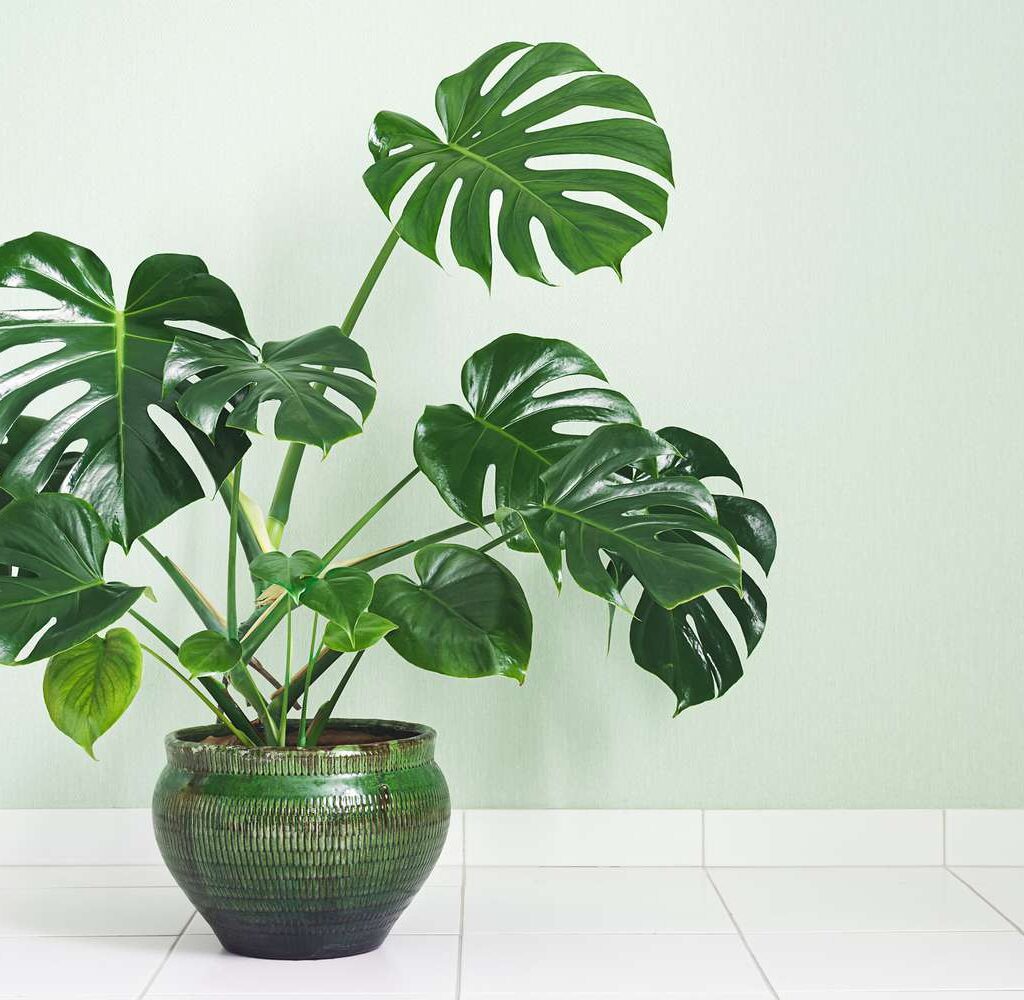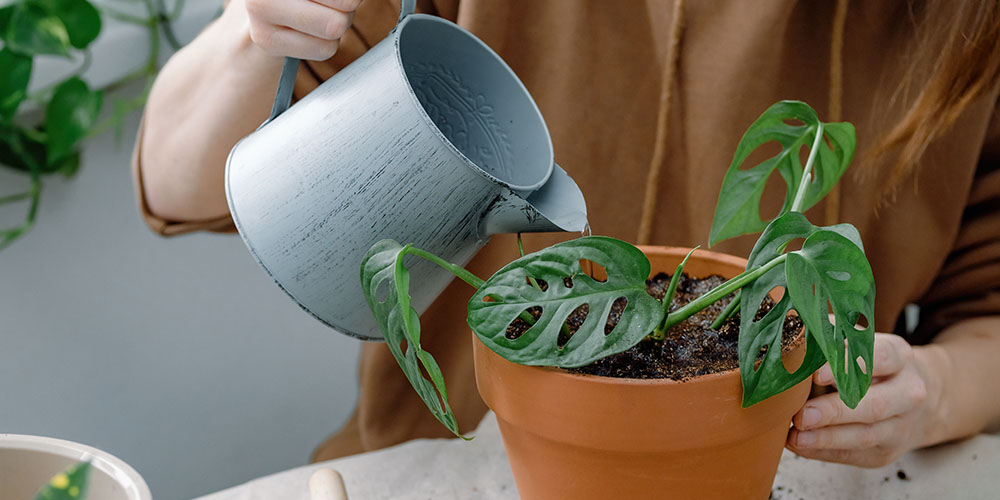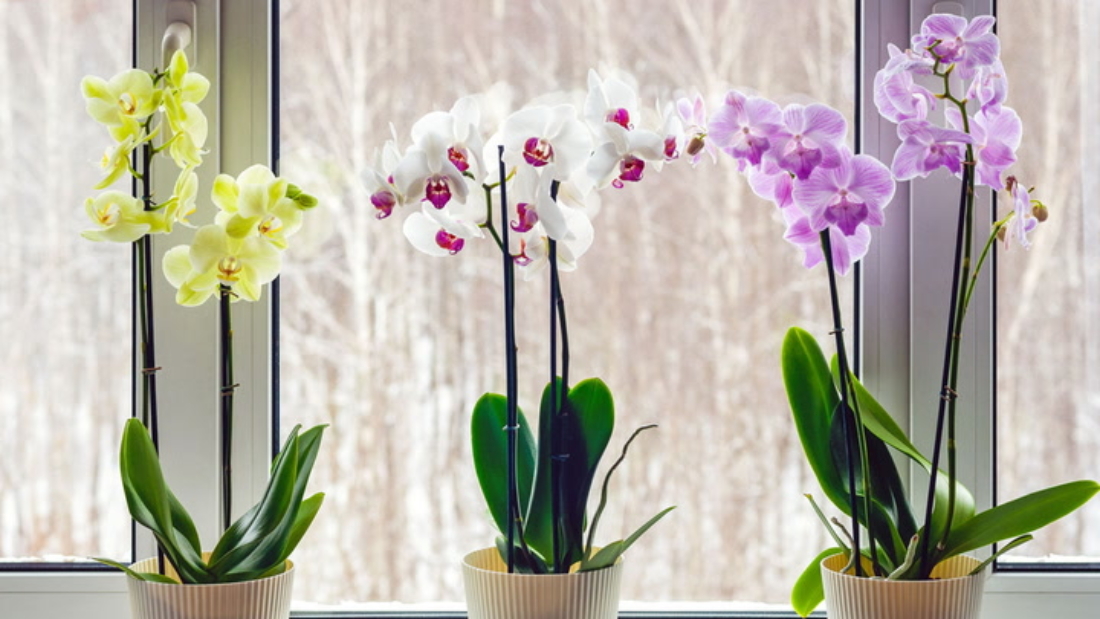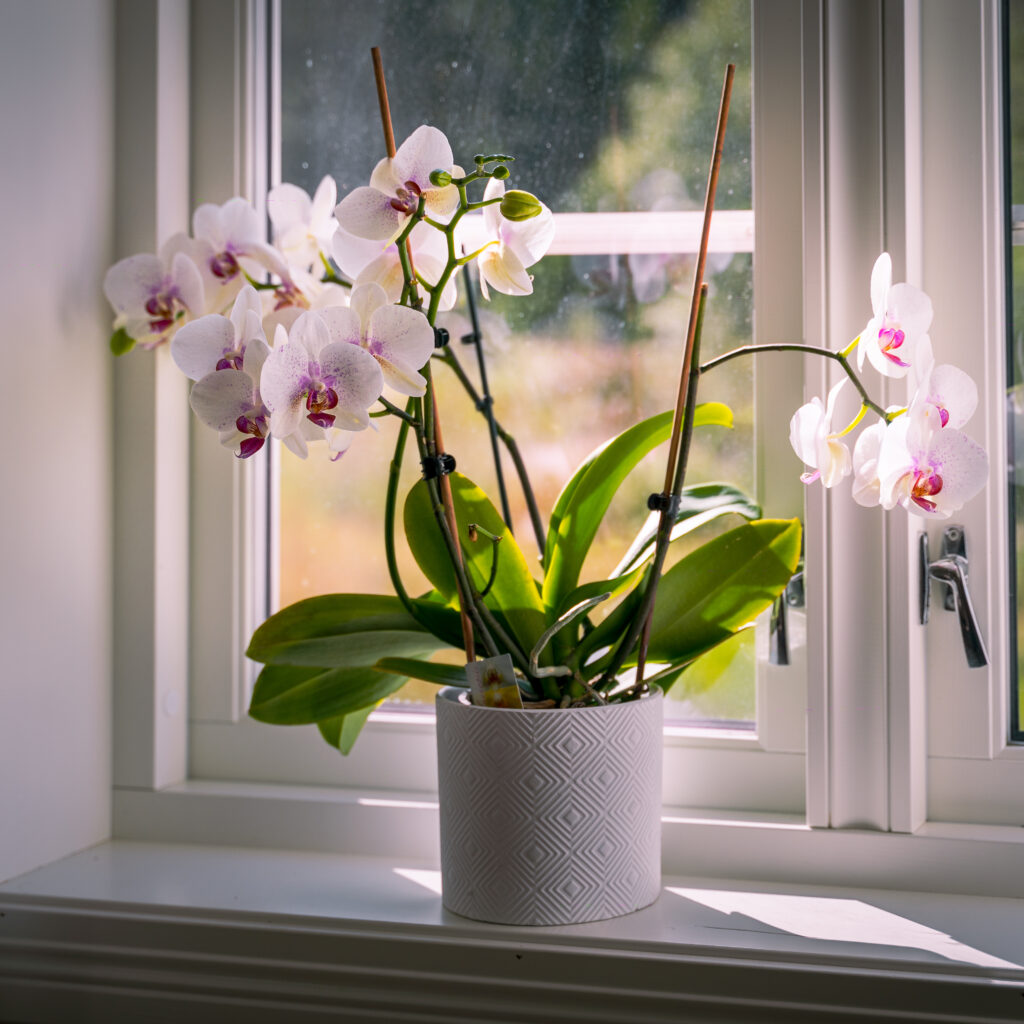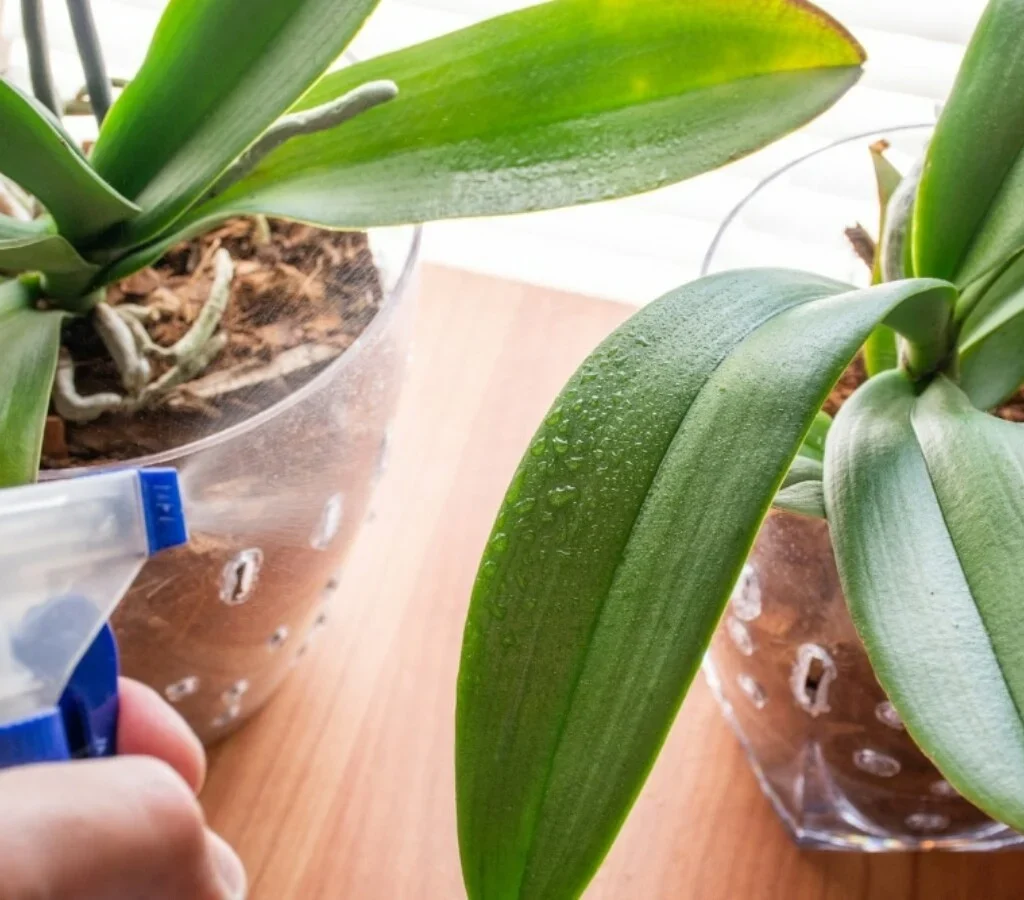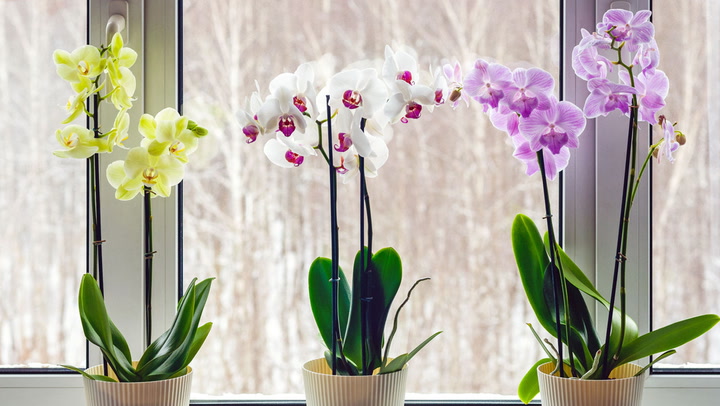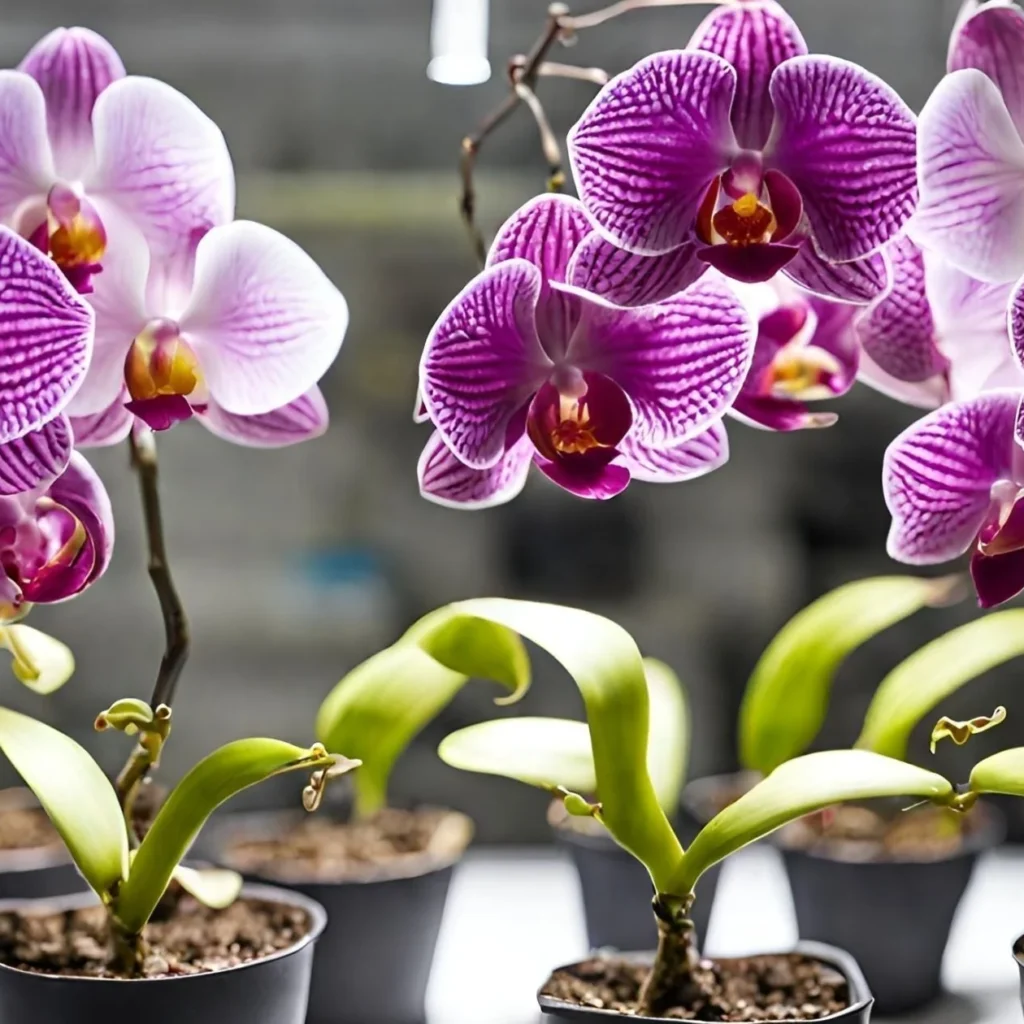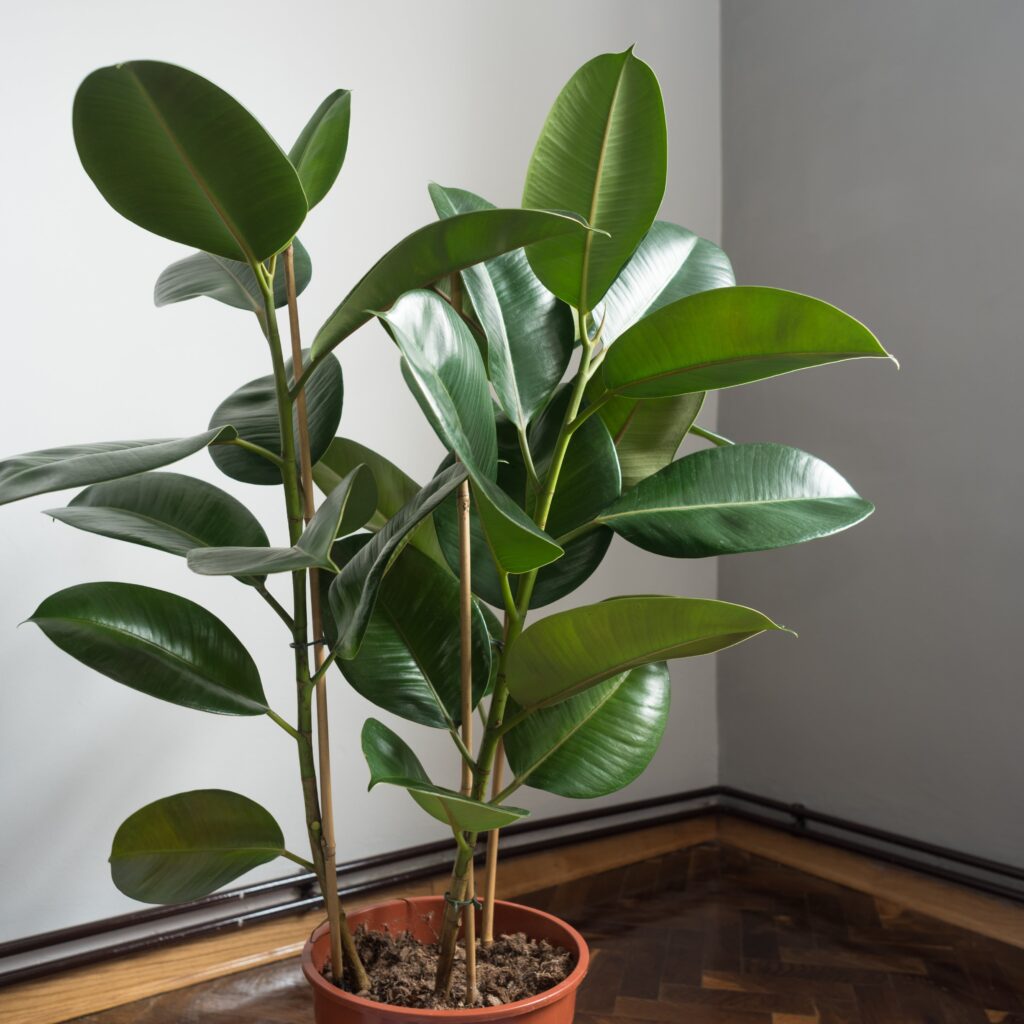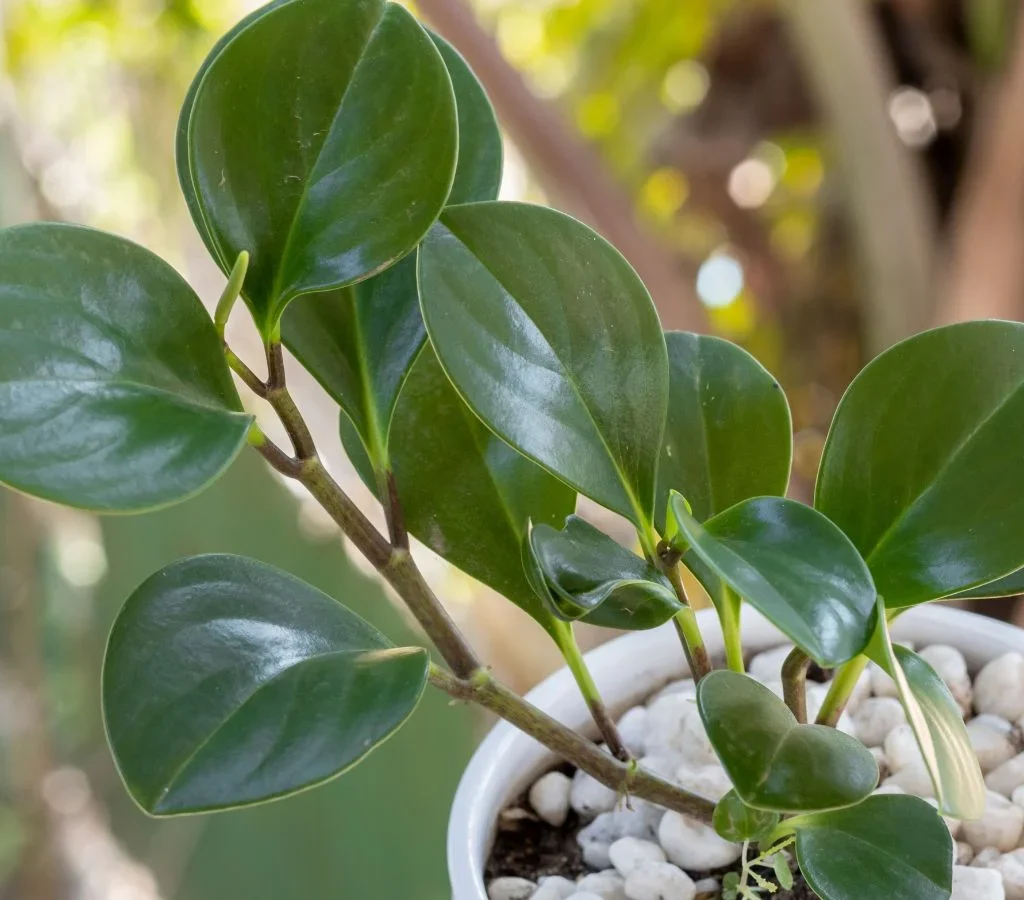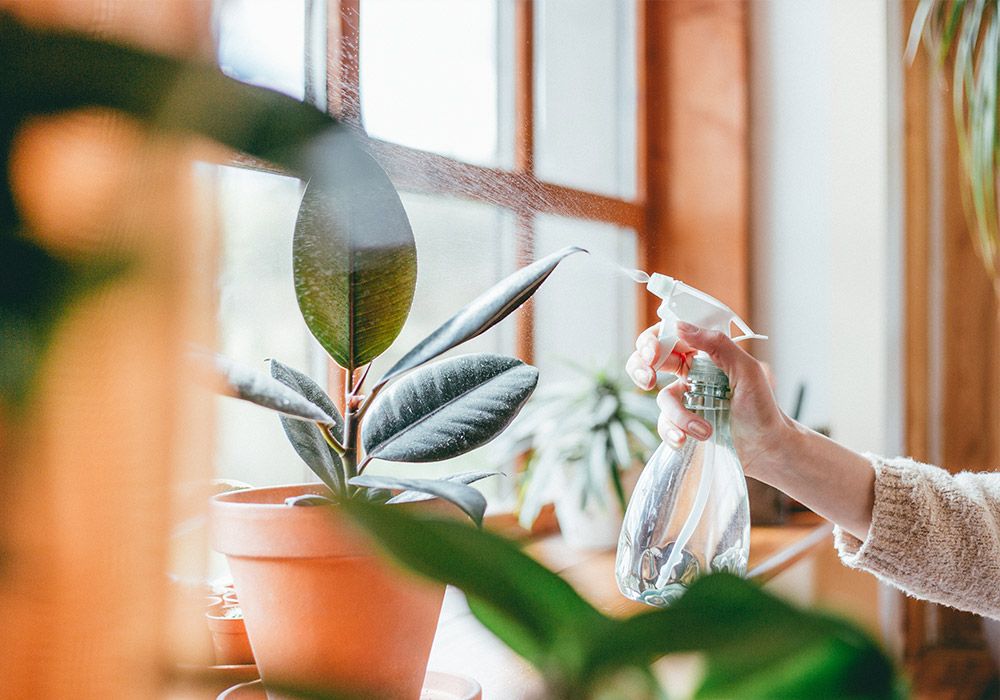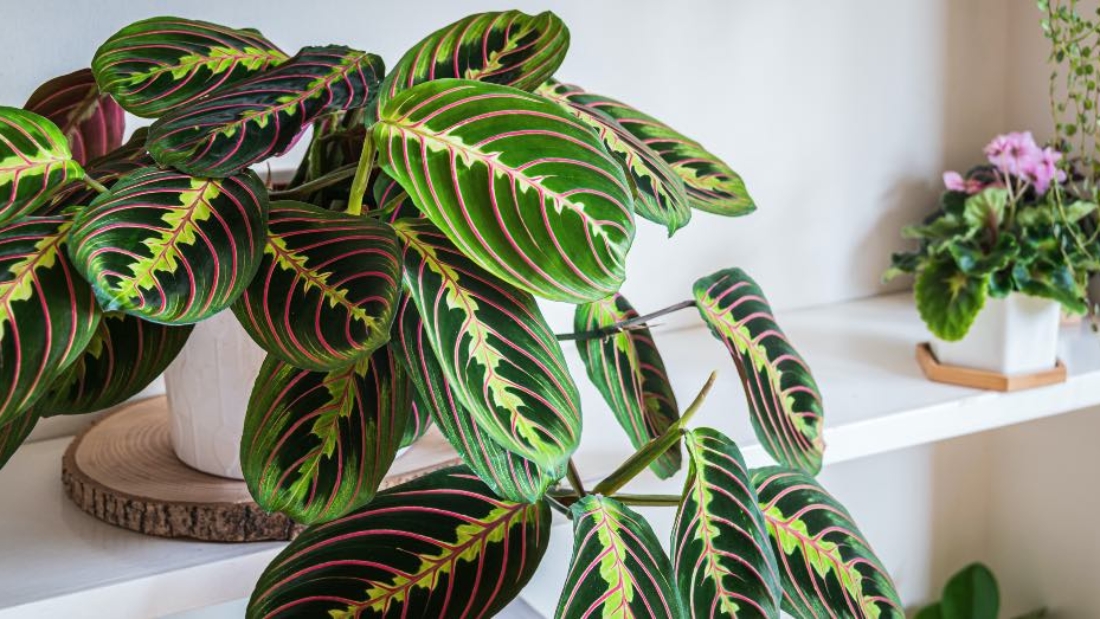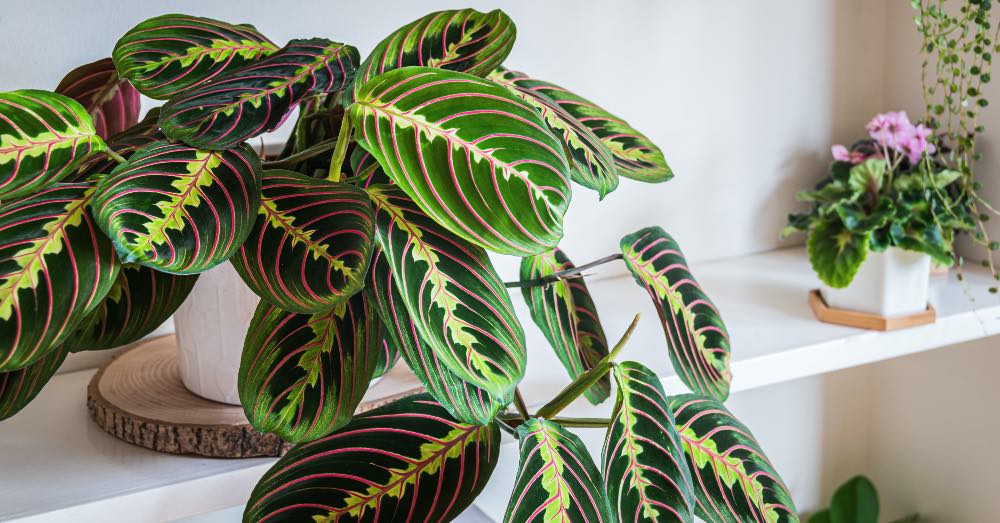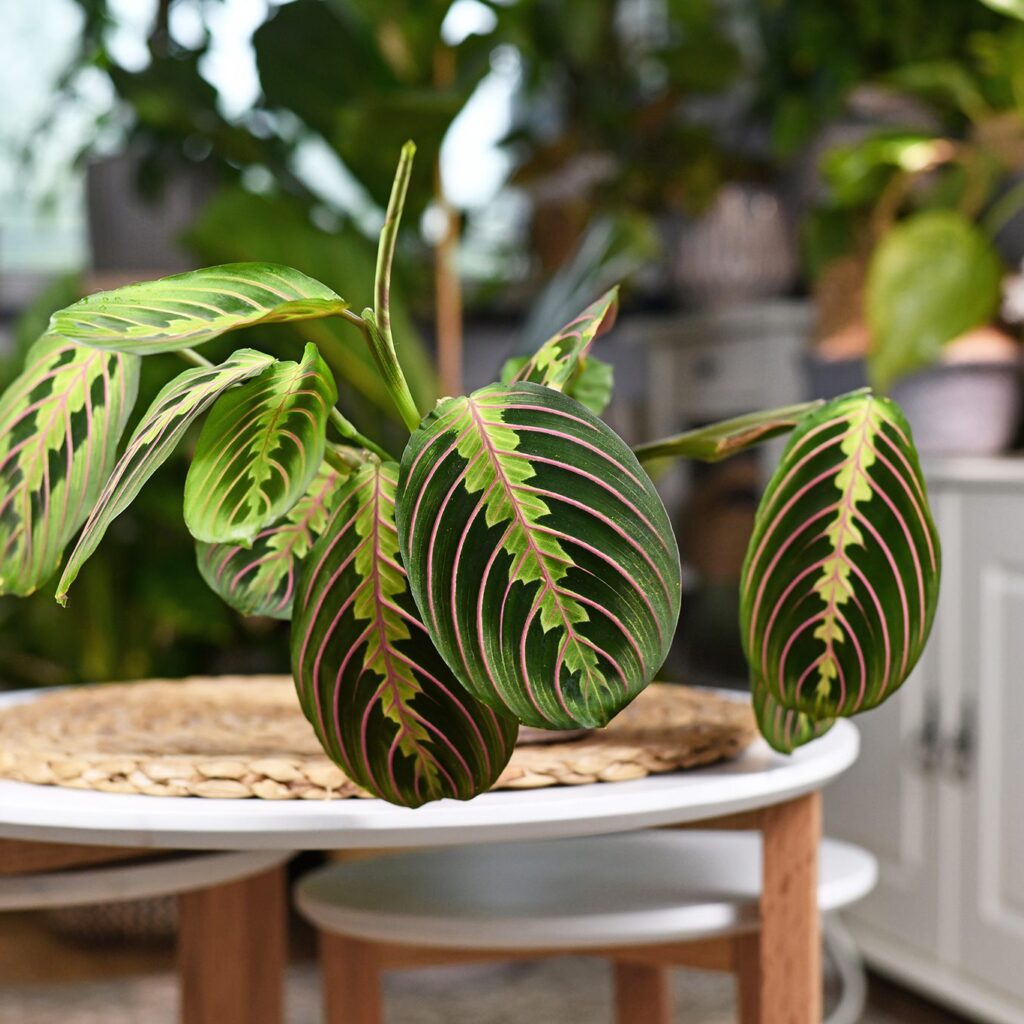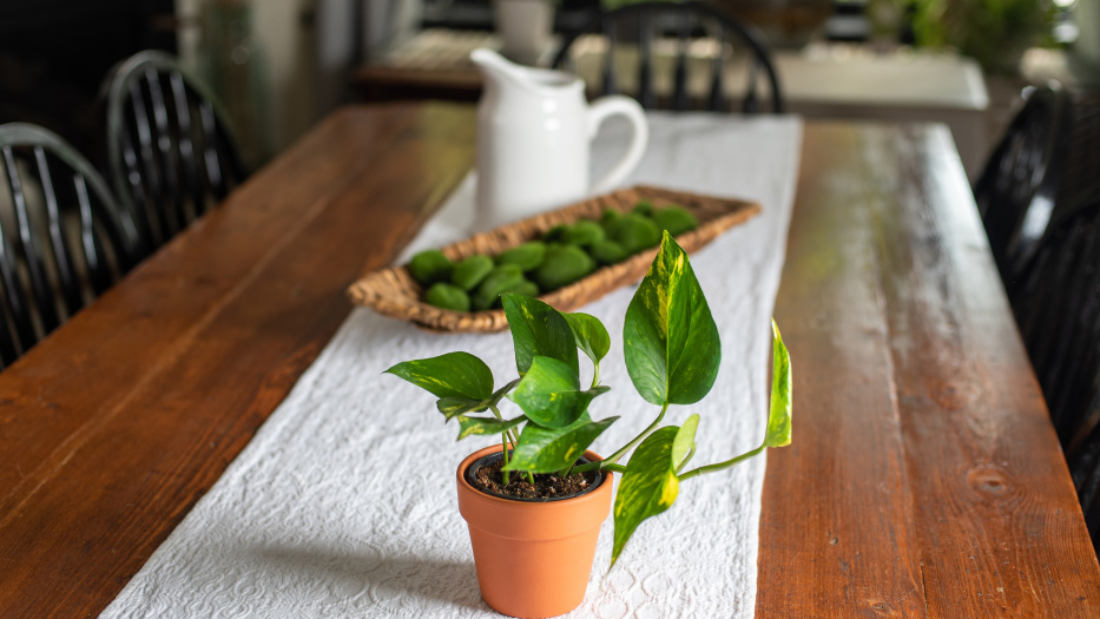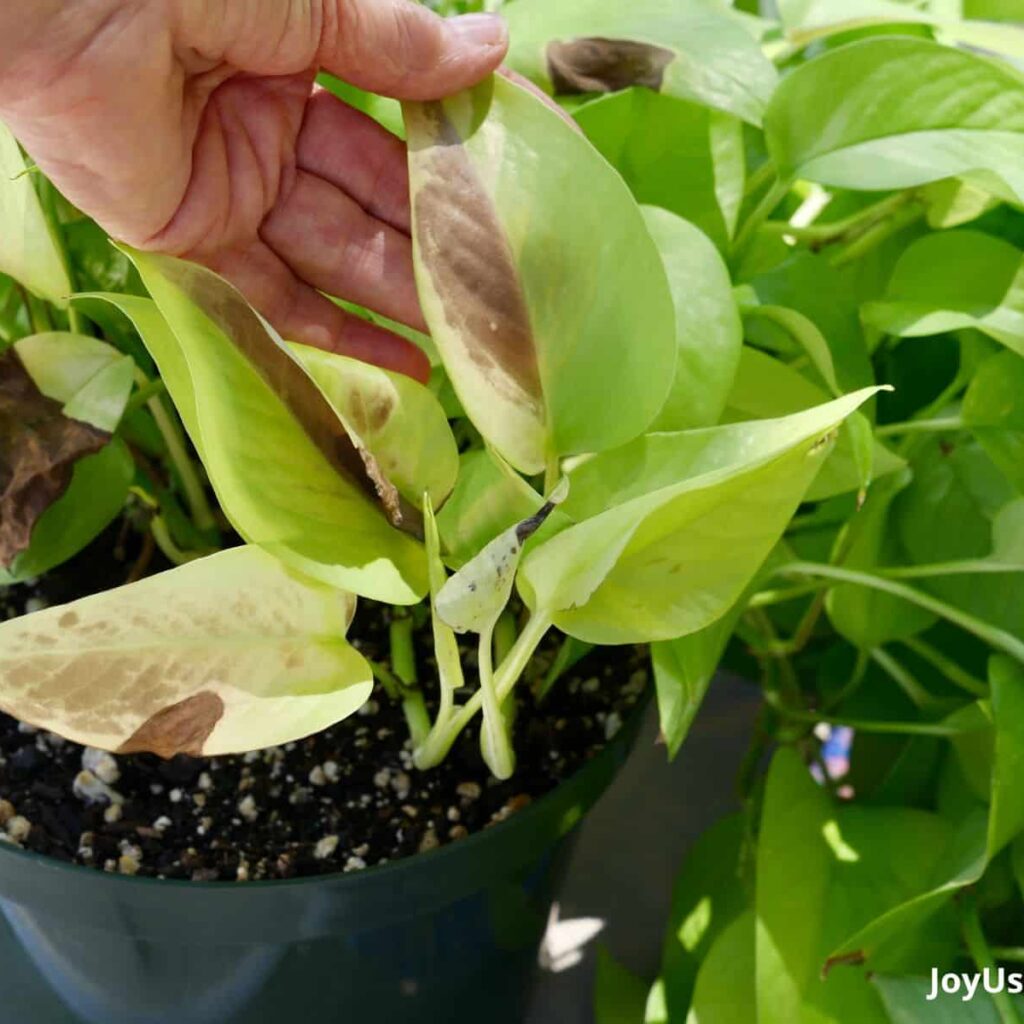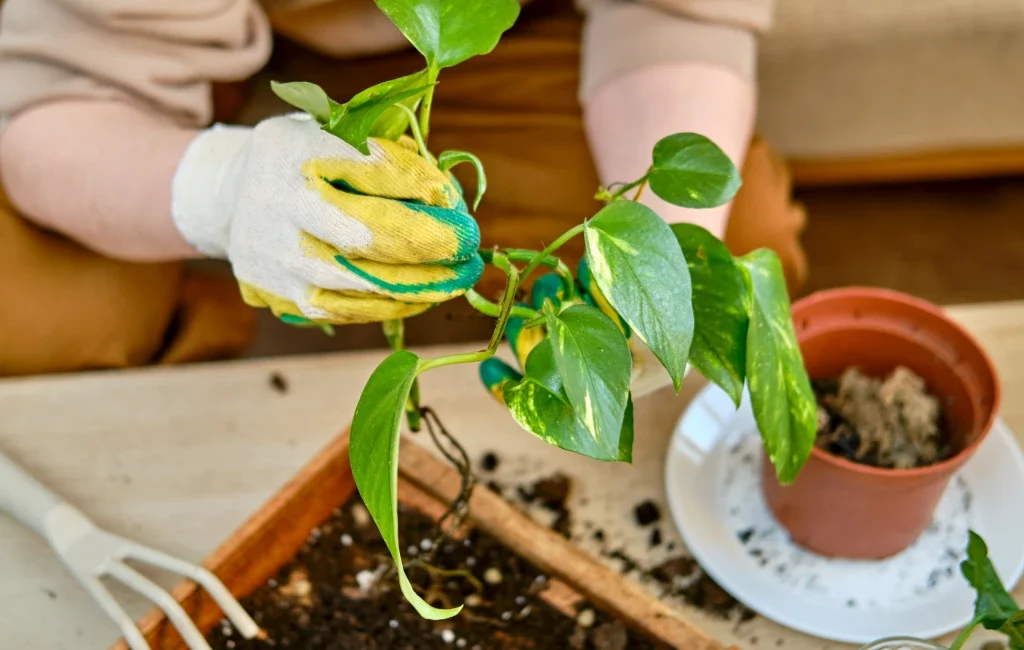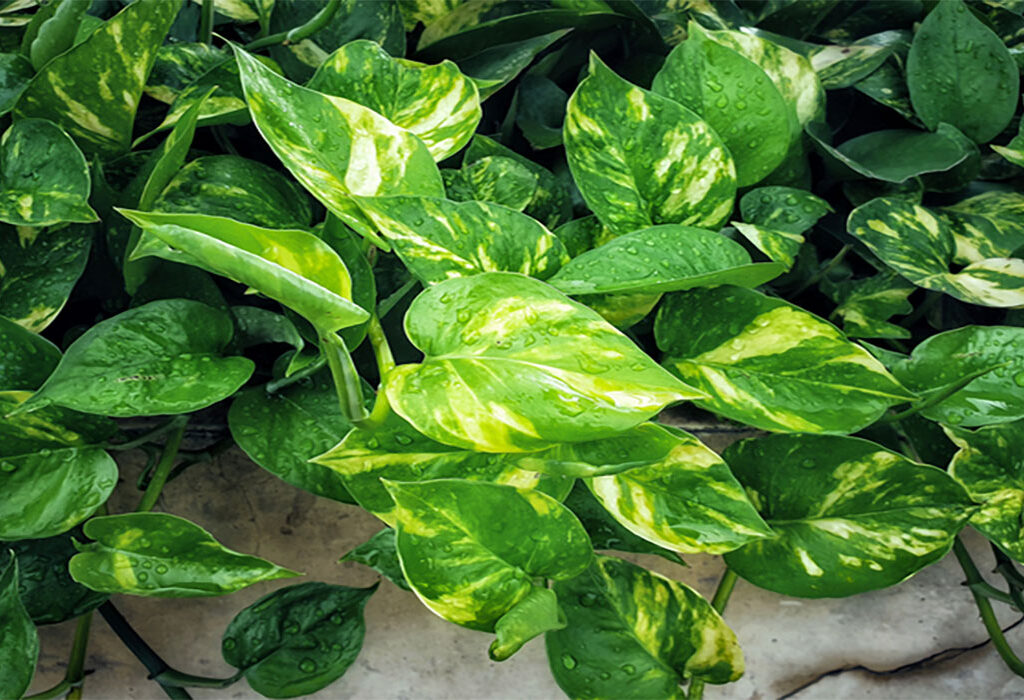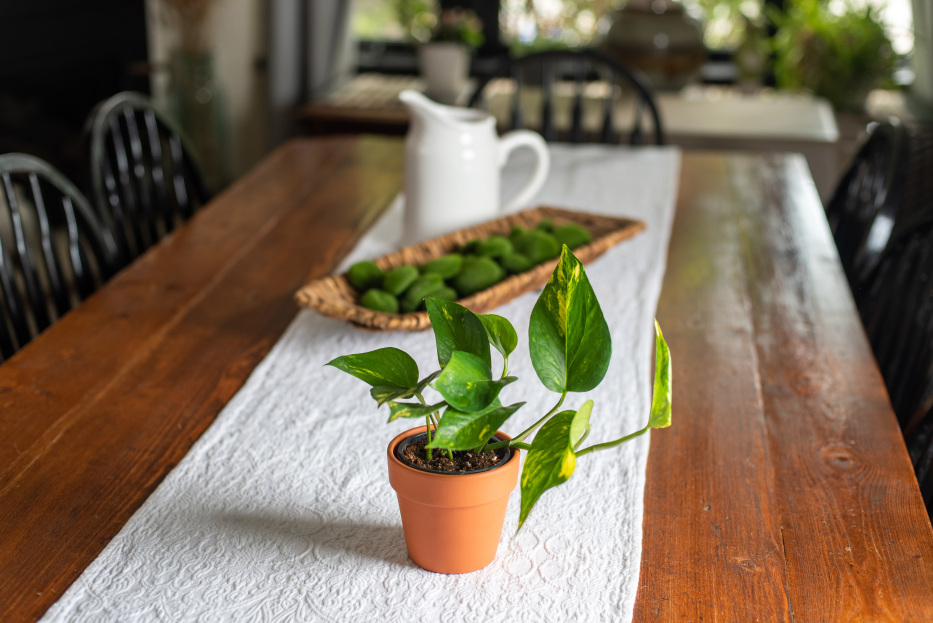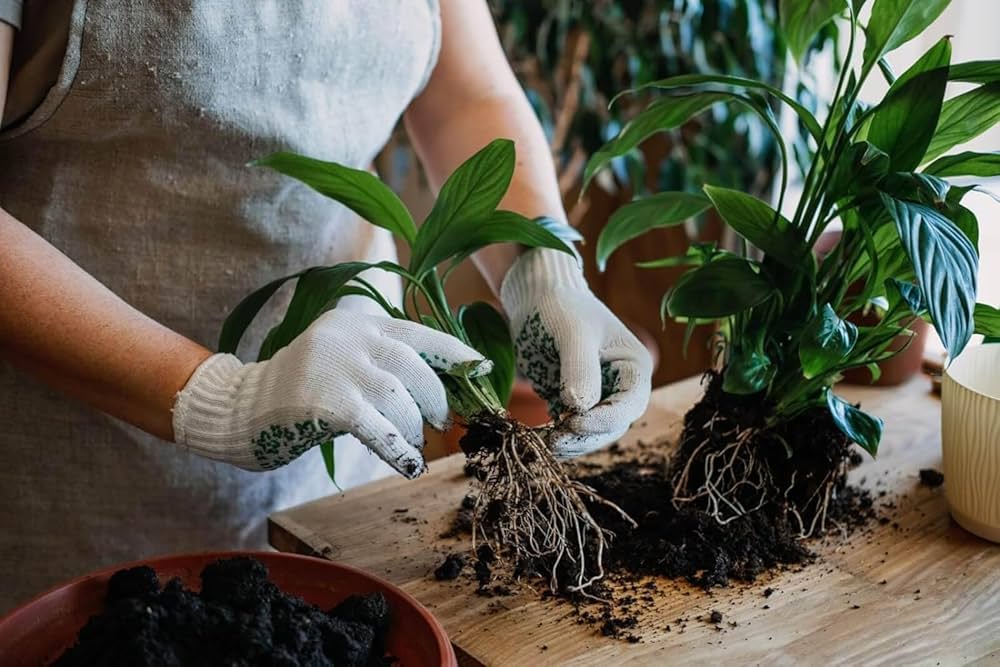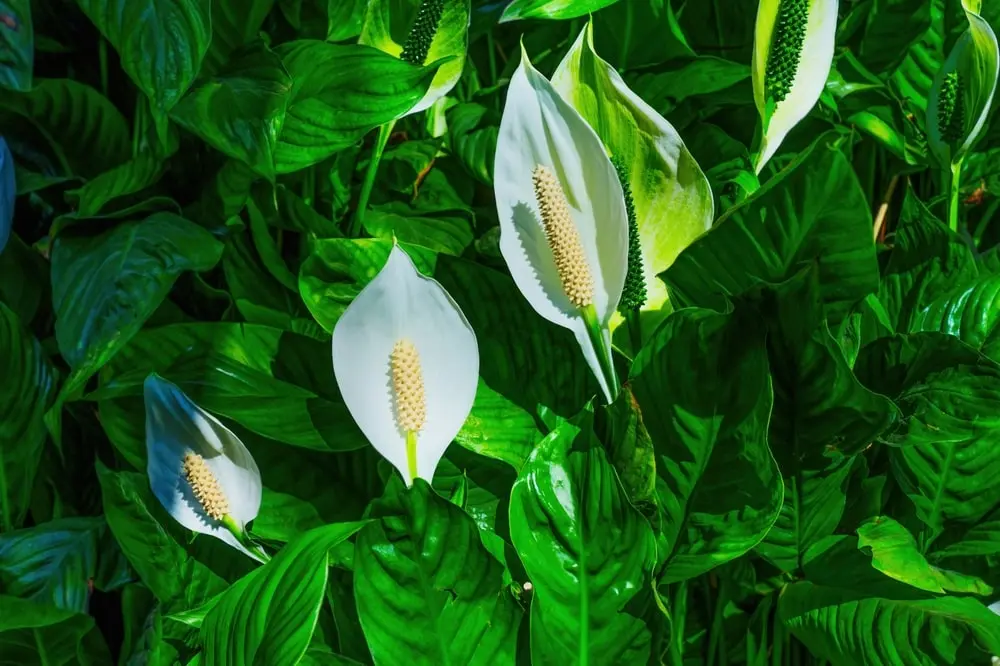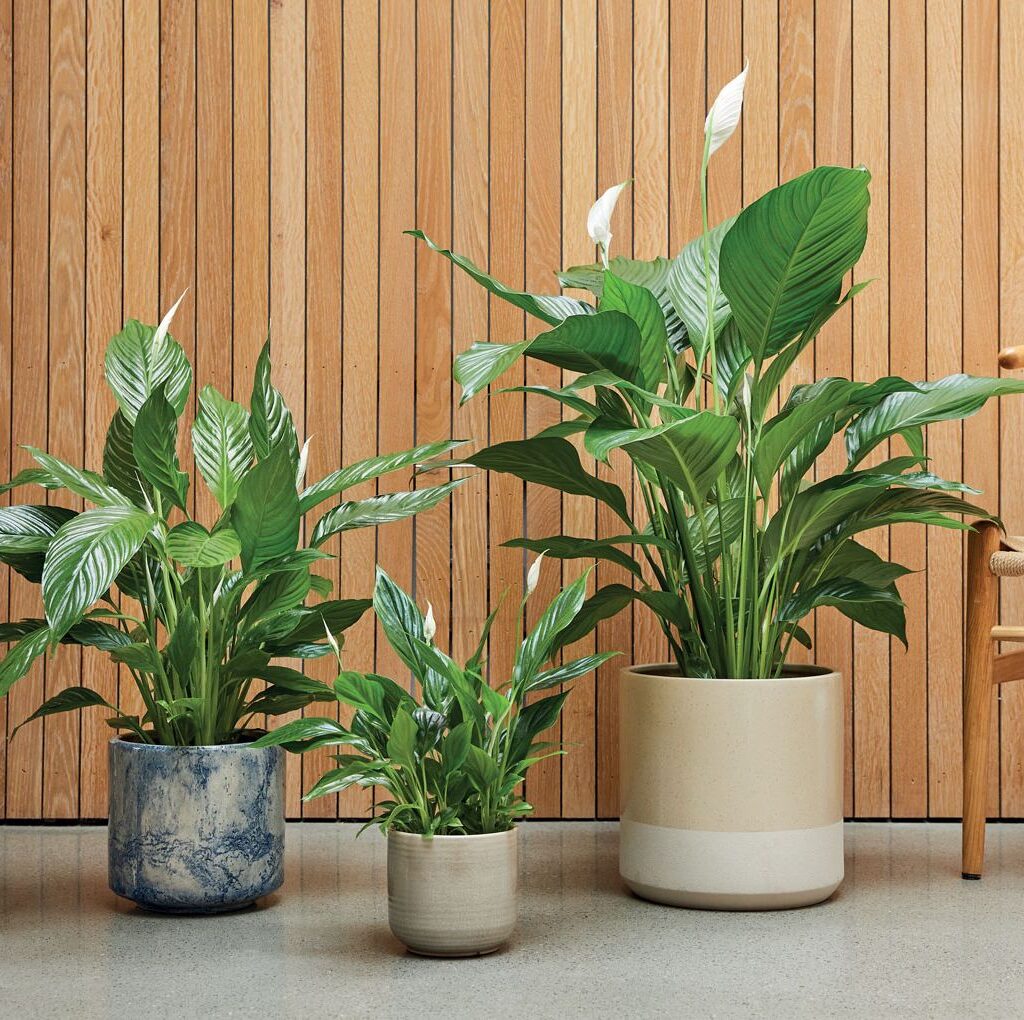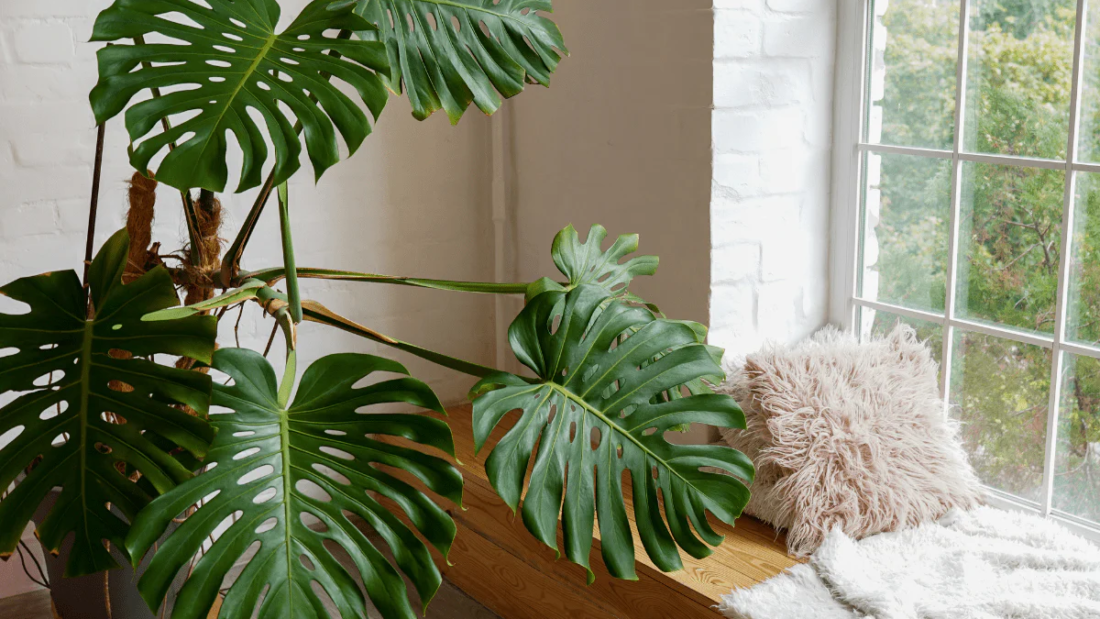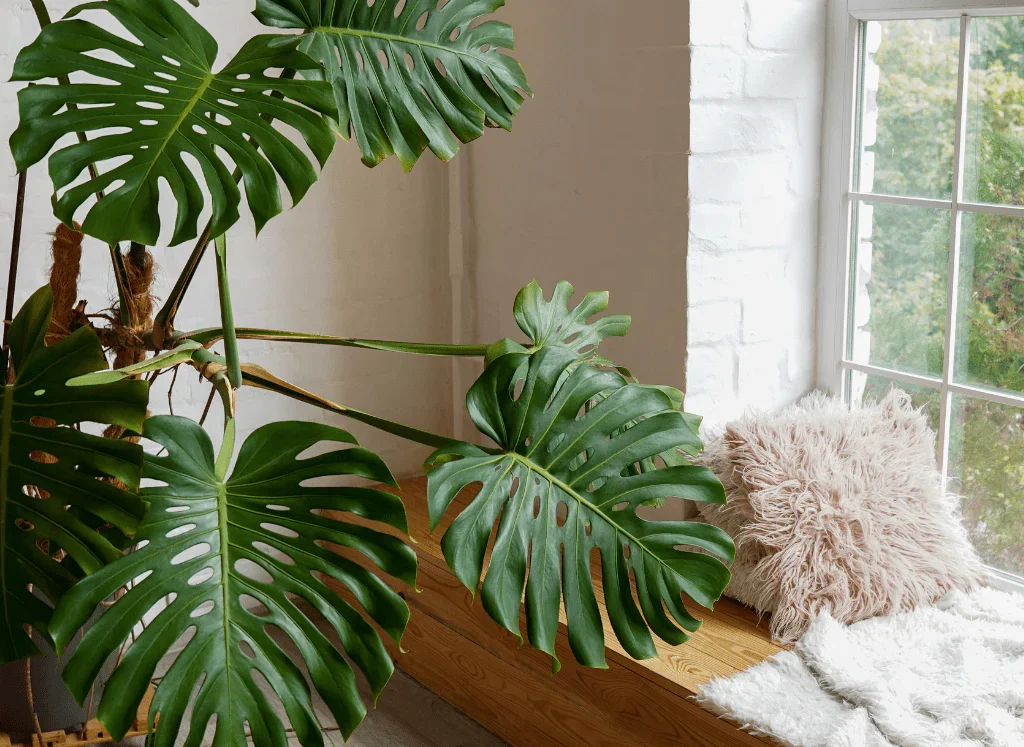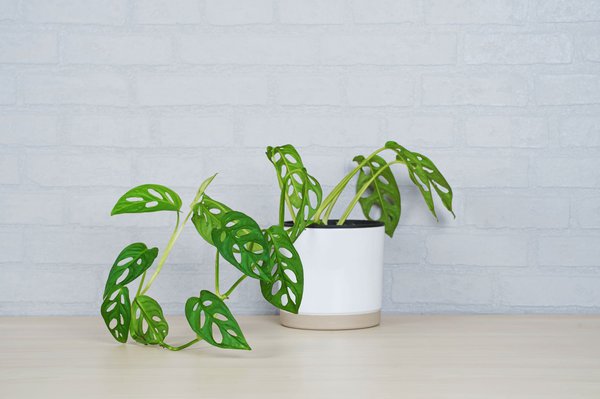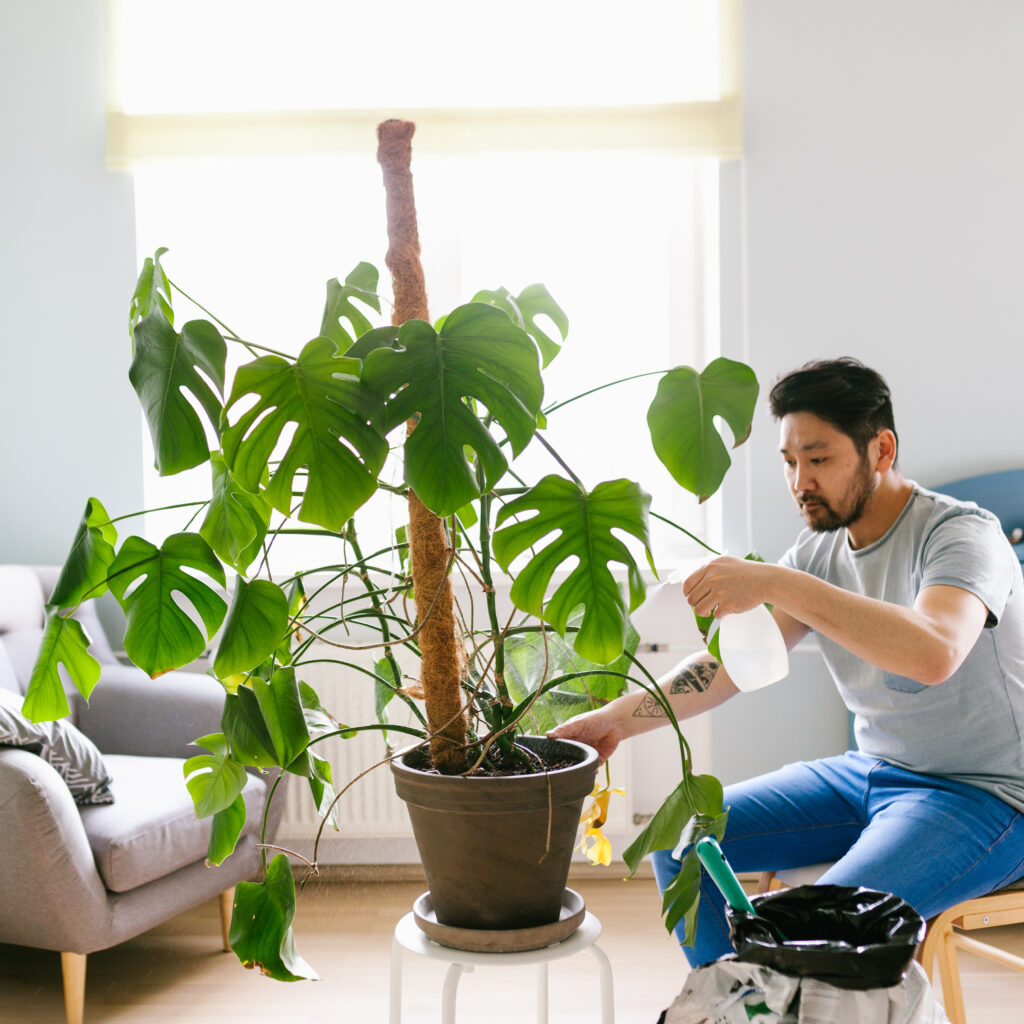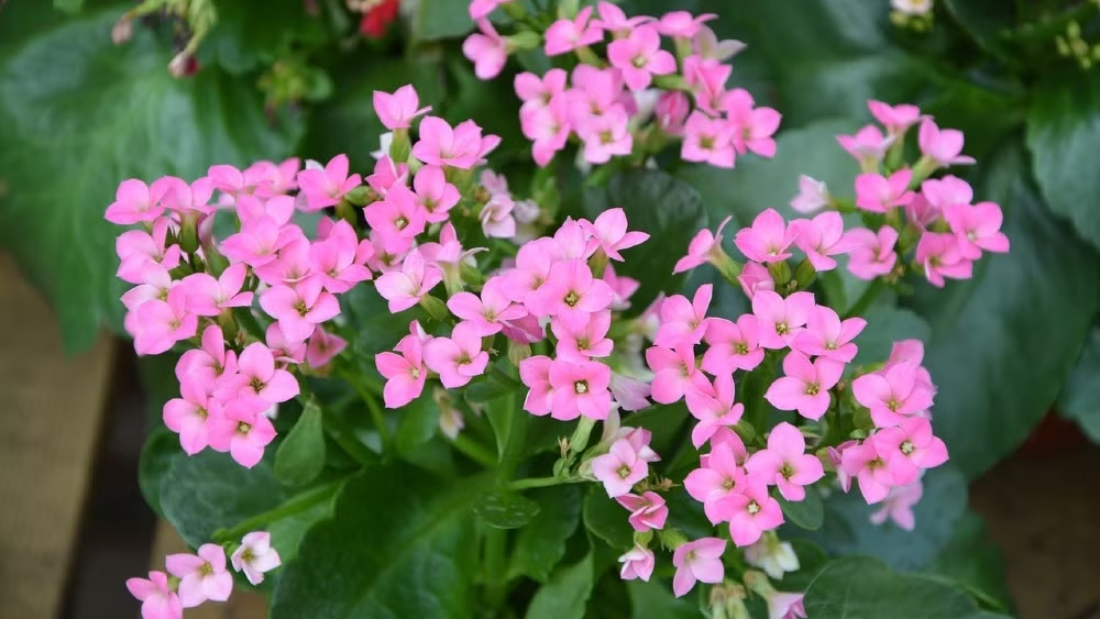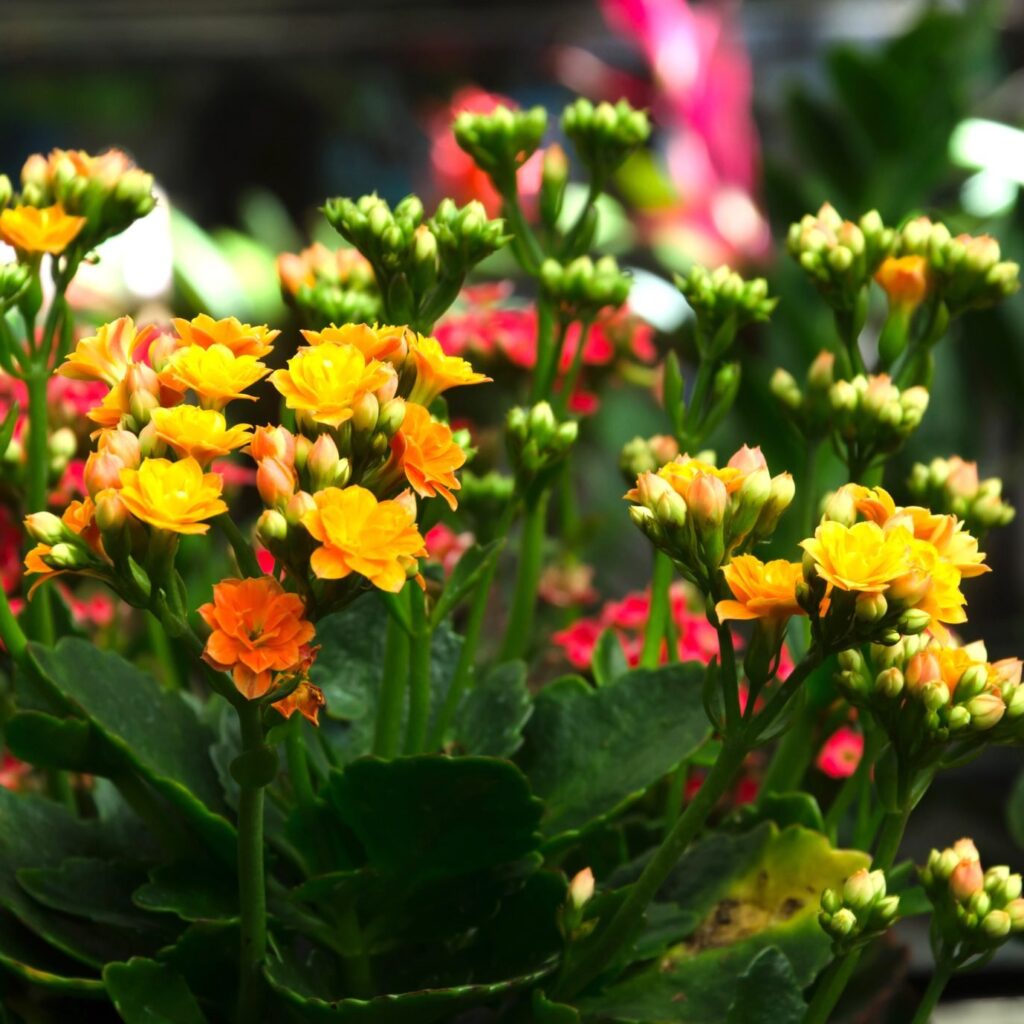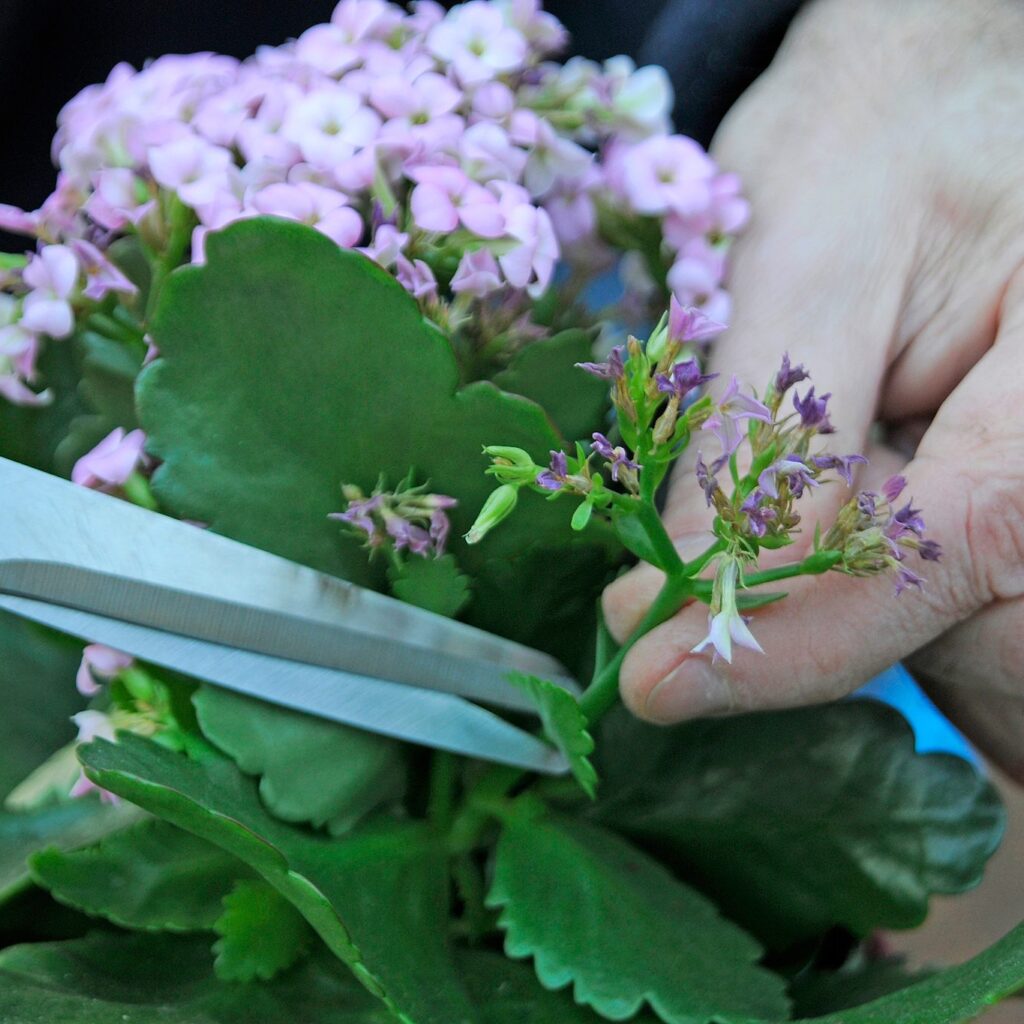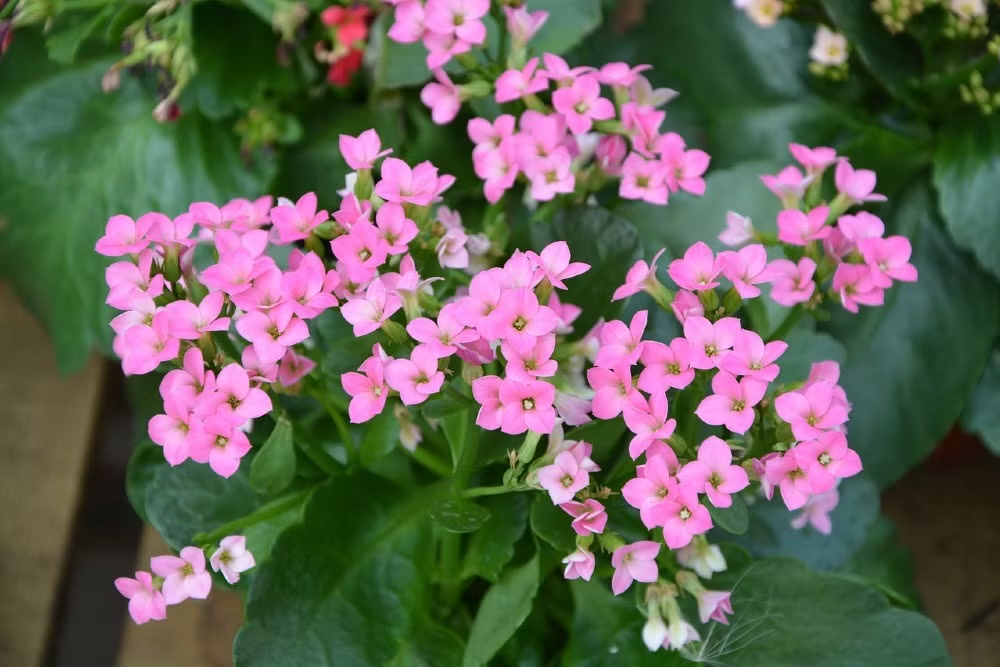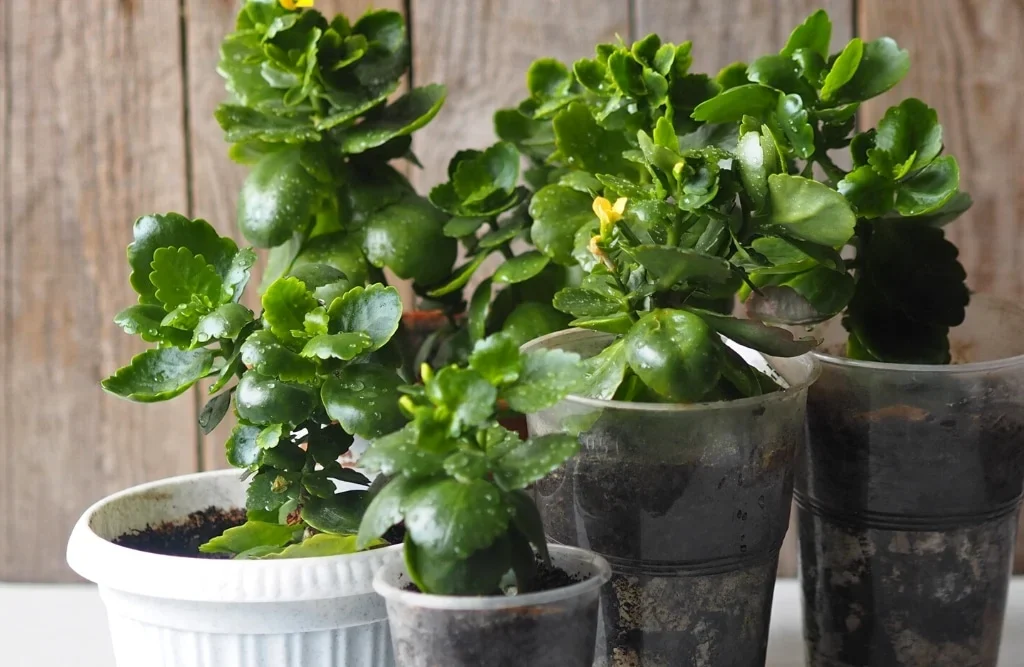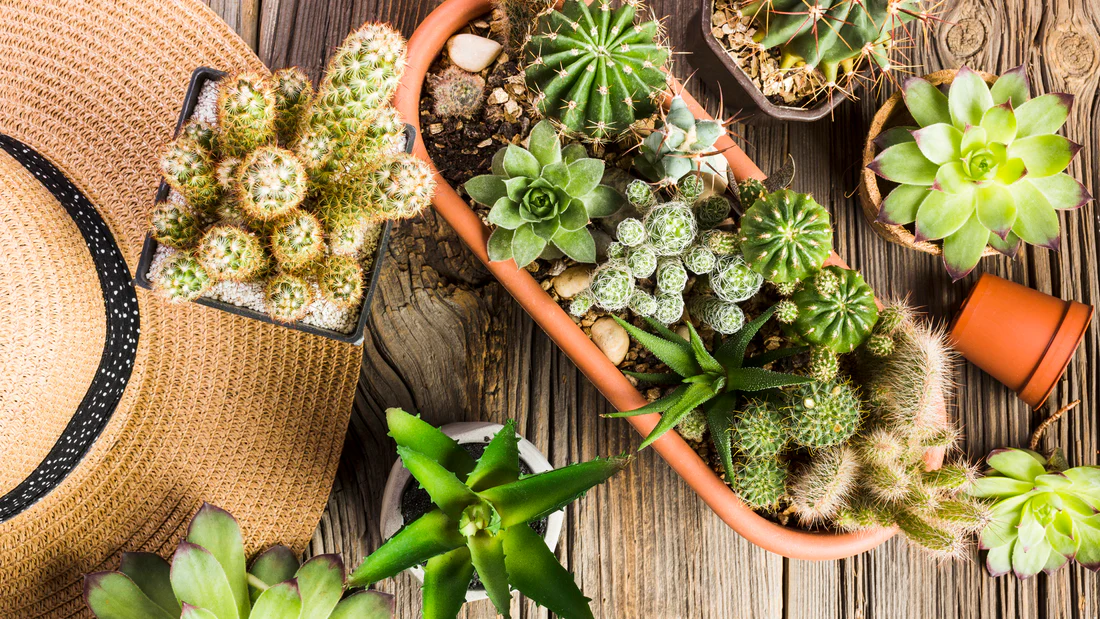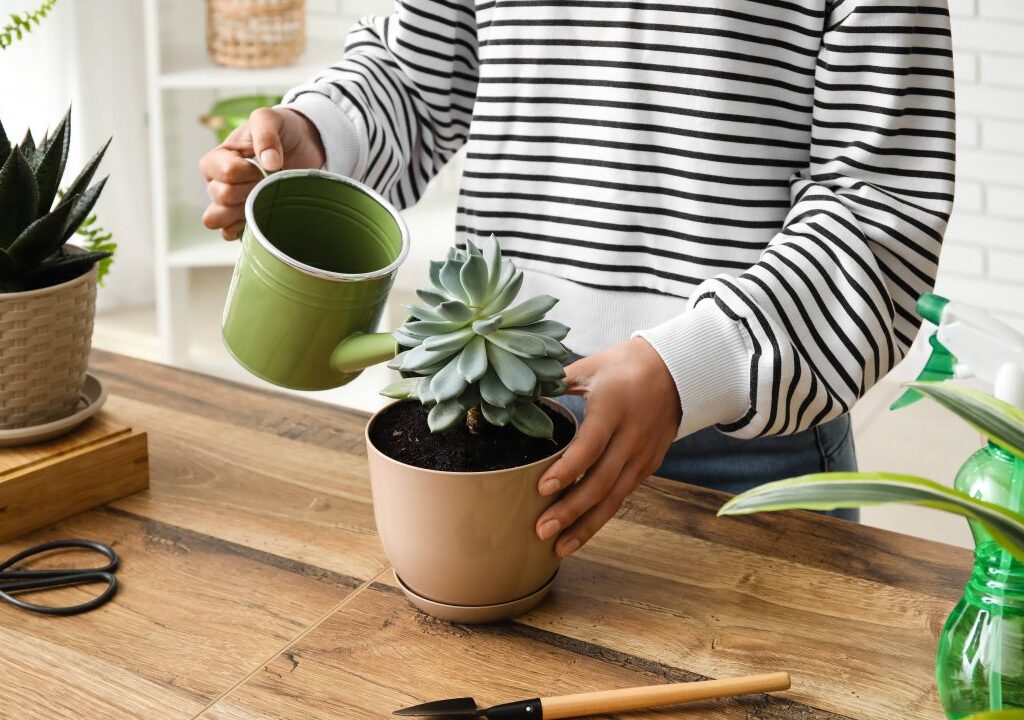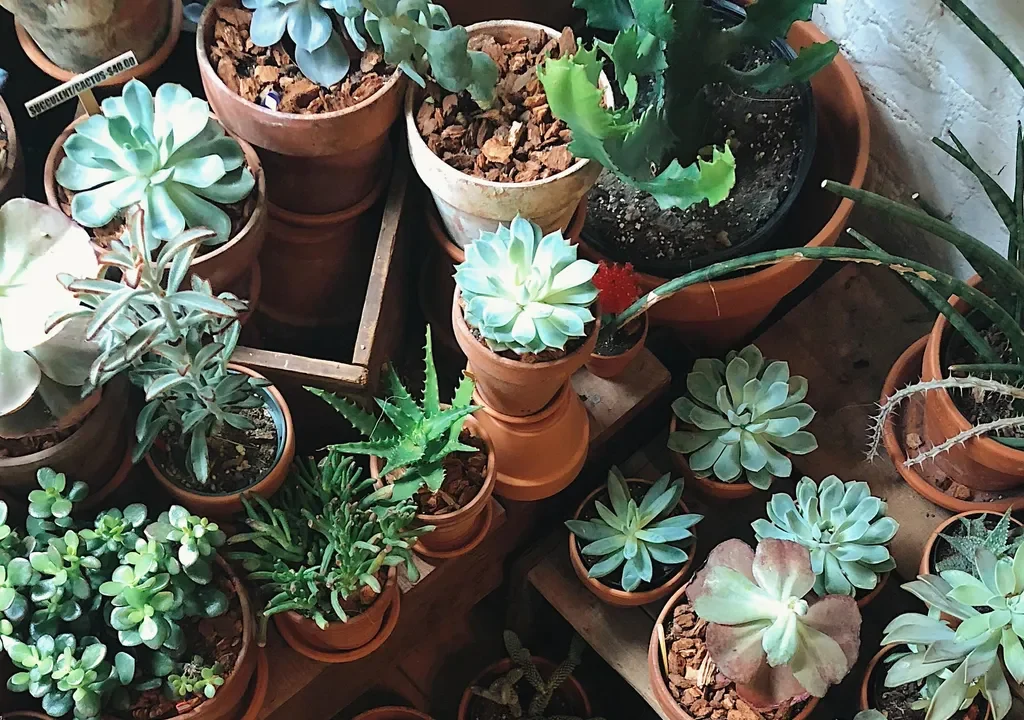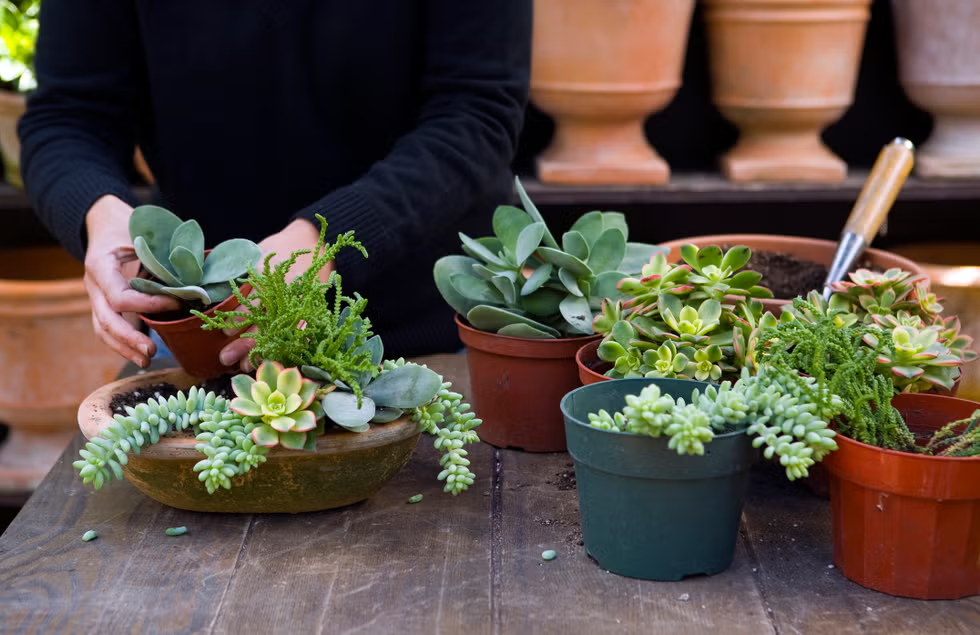The Peace Lily (Spathiphyllum) is one of the most popular houseplants around the world — and for good reason. Its graceful dark green leaves, elegant white blooms, and air-purifying abilities make it a favorite for homes and offices alike. Even better, Peace Lilies are relatively easy to care for, thriving in indoor conditions and requiring minimal maintenance when compared to many other flowering plants.
If you’re interested in growing this beautiful plant using natural methods, you’re in the right place. In this comprehensive guide, we’ll cover everything you need to know about how to care for a Peace Lily plant naturally — from sunlight and watering to soil health, natural fertilizers, pest control, and more.
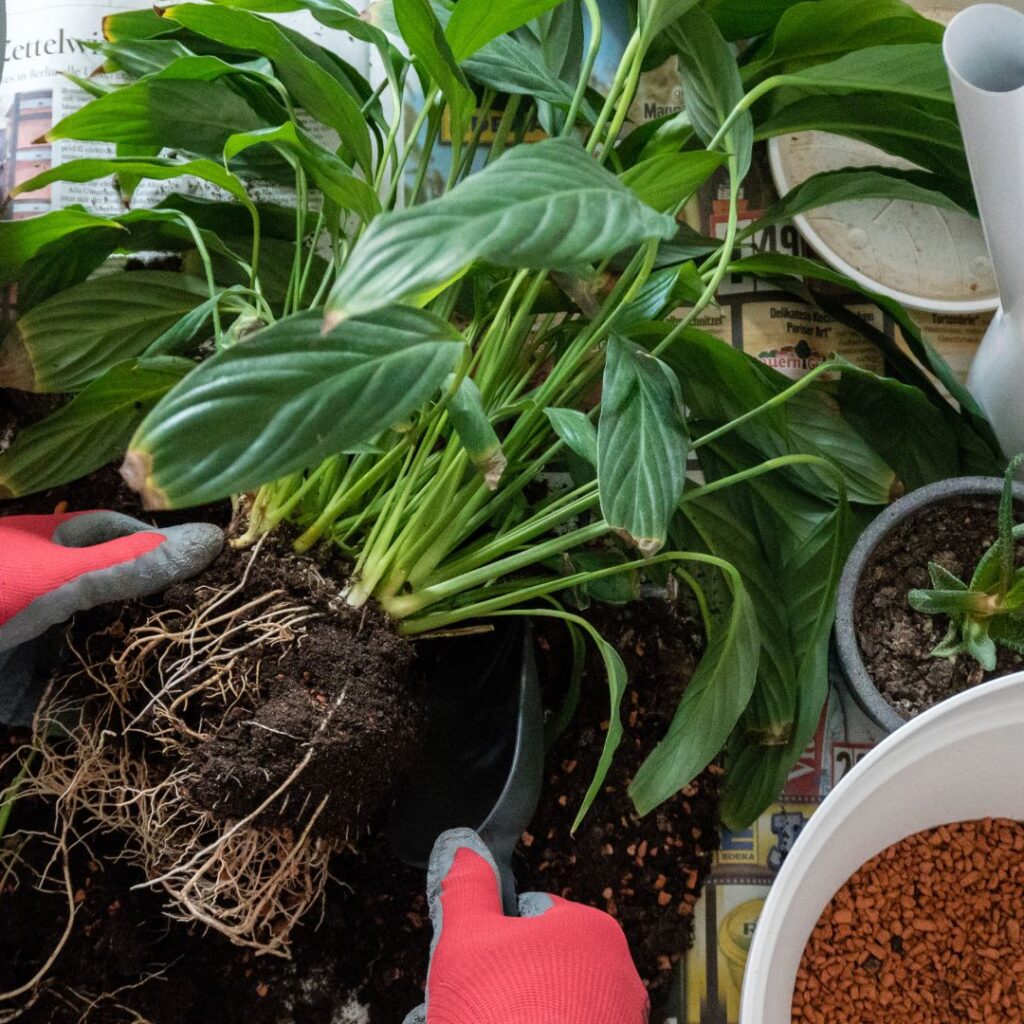
What Makes Peace Lilies Special?
Before we dive into the care tips, let’s understand what makes the Peace Lily so desirable:
- Natural air purifier: NASA’s Clean Air Study found that Peace Lilies help remove indoor toxins like benzene, formaldehyde, and carbon monoxide.
- Low-light tolerant: They flourish in shaded indoor spaces.
- Symbolic plant: Peace Lilies are often associated with peace, purity, and tranquility.
- Minimal care: With the right natural care, they thrive for years and bloom regularly.
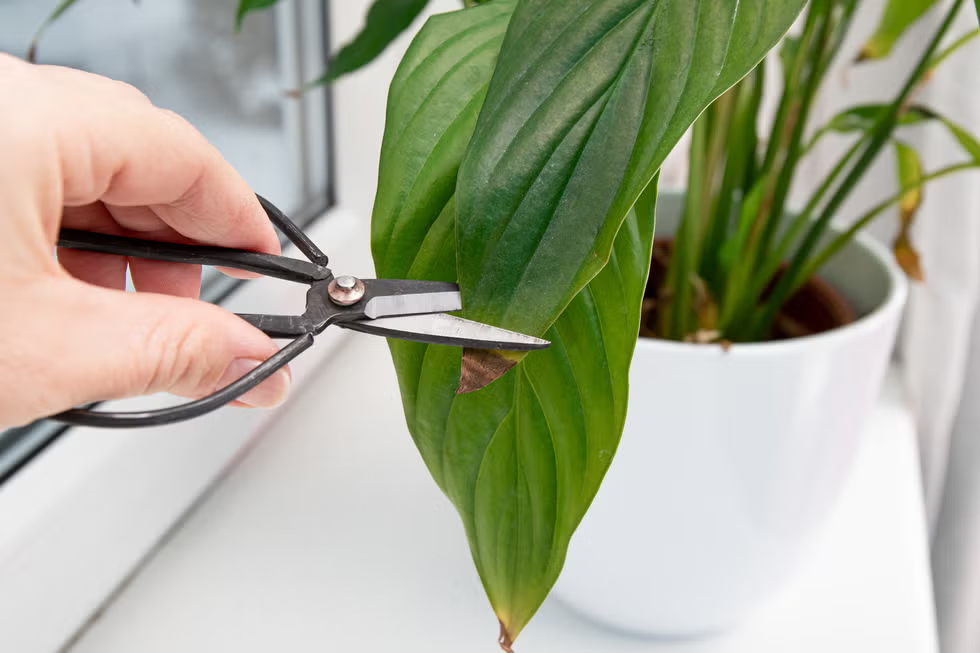
Choose the Right Location
One of the essential parts of caring for your Peace Lily naturally is choosing the right spot in your home.
- Light: Peace Lilies love bright, indirect light. Avoid placing them in direct sunlight, which can scorch their leaves. North or east-facing windows are ideal.
- Temperature: Keep them in a room where temperatures range between 65°F and 85°F (18°C–29°C). Avoid cold drafts and sudden temperature changes.
- Humidity: As a tropical plant, Peace Lilies prefer a humid environment. Bathrooms, kitchens, or grouping plants together can help maintain humidity.
Natural Tip:
Place a shallow tray filled with pebbles and water beneath the plant’s pot. As the water evaporates, it naturally increases humidity around your plant.
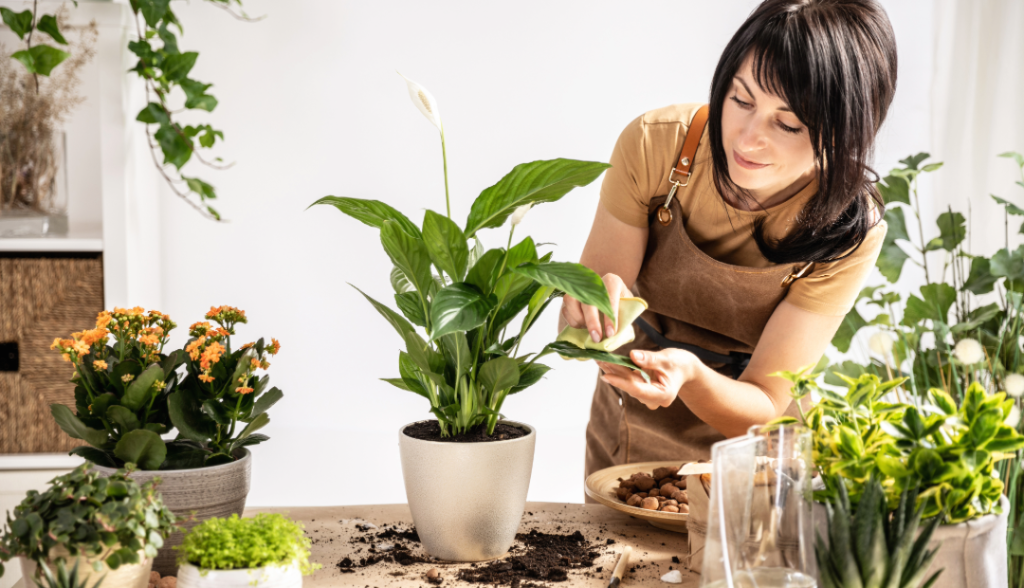
Use Organic, Well-Draining Soil
The right soil mix makes a world of difference. Peace Lilies prefer soil that’s rich in organic matter and drains well.
- Ideal soil mix: Combine equal parts of organic potting soil, coco coir or peat moss, and perlite or coarse sand. This ensures good drainage and keeps roots healthy.
- Avoid chemical-laden commercial soils with synthetic fertilizers. Opt for organic, pesticide-free soil blends.
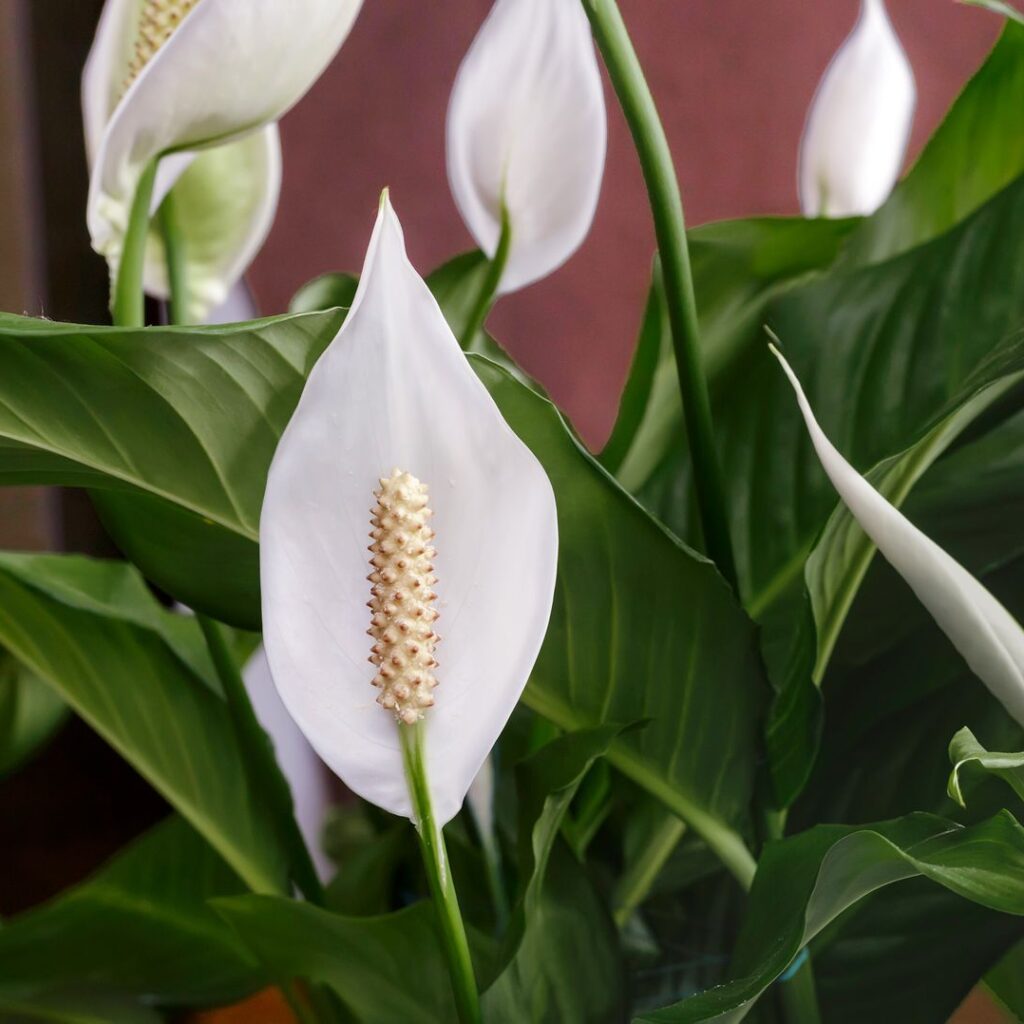
Watering Naturally and Correctly
Improper watering is one of the most common mistakes with Peace Lilies. They like consistently moist (but not soggy) soil.
- When to water: Check the soil with your finger. If the top inch feels dry, it’s time to water.
- Water type: Use room-temperature, filtered, or rainwater whenever possible. Tap water with chlorine or fluoride can harm the plant.
- How to water: Water thoroughly until excess runs out the drainage holes, then empty the saucer to avoid root rot.
Natural Tip:
Place rainwater collectors in your garden or balcony and use this naturally soft water for your Peace Lily.
Feed with Natural Fertilizers
Your Peace Lily will benefit from occasional feeding, especially during the growing season (spring and summer).
- Homemade compost tea: Soak compost in water overnight, strain it, and use the liquid as a gentle fertilizer.
- Banana peel water: Soak banana peels in water for 24 hours and use the water to feed your plant — it’s rich in potassium and phosphorus.
- Diluted fish emulsion: Apply monthly for a natural nutrient boost.
Avoid chemical fertilizers, which can cause salt buildup and damage your plant over time.
Natural Pest Control
Peace Lilies are generally hardy but can sometimes attract pests like aphids, spider mites, or mealybugs.
- Neem oil spray: Mix 1 teaspoon of neem oil with 1 liter of water and a few drops of mild natural soap. Spray on leaves every 2–3 weeks as a preventive measure.
- Manual cleaning: Wipe leaves with a soft, damp cloth to remove dust and any visible pests.
- Garlic spray: Boil a few crushed garlic cloves in water, let it cool, strain, and mist your plant to deter insects.
Maintain Leaf Health Naturally
Keeping the leaves clean and dust-free helps your Peace Lily breathe and photosynthesize efficiently.
- Use a soft, damp cloth to wipe each leaf gently.
- Mist with clean water to freshen leaves and increase humidity.
- Avoid using leaf shine products, as they block the leaf pores and reduce the plant’s ability to clean the air.
Natural Ways to Encourage Blooming
Peace Lilies usually bloom in spring and early summer, but with proper care, you can encourage year-round blooms naturally.
- Consistent light: Ensure your plant receives bright, indirect light. Lack of light is the most common reason for no blooms.
- Right-sized pot: Don’t over-pot. Peace Lilies prefer being slightly root-bound to produce flowers.
- Natural bloom booster: Use diluted banana peel water or weak compost tea every month during the blooming season.
Repotting Peace Lily the Natural Way
Peace Lilies should be repotted every 2–3 years to refresh soil and encourage growth.
- When to repot: When roots start circling the pot or growing out of drainage holes.
- Use natural, organic soil mix as mentioned earlier.
- Choose a pot one size larger with good drainage.
- Gently loosen the roots and remove old soil before placing it in the new pot.
Natural Pruning and Deadheading
Regularly trimming dead or yellowing leaves helps keep your plant healthy and encourages new growth.
- Use clean, sharp scissors or pruning shears.
- Cut leaves at the base where they meet the stem.
- Remove spent flower stalks to allow the plant to focus its energy on new leaves and blooms.
Winter Care Tips
During colder months, Peace Lilies naturally slow down. Adjust care accordingly:
- Reduce watering frequency—let the soil dry slightly more between waterings.
- Keep away from cold drafts and heaters.
- Mist leaves occasionally to combat dry indoor air from heating systems.
- Hold off on fertilizing until spring.
Common Issues and Natural Solutions
| Problem | Natural Solution |
|---|---|
| Yellow leaves | Reduce watering and trim affected leaves. |
| Brown leaf tips | Use filtered water, increase humidity. |
| Drooping leaves | Check soil moisture — water if dry or repot if root-bound. |
| No blooms | Increase light exposure, use natural fertilizers, trim old flowers. |
Conclusion
Caring for a Peace Lily naturally isn’t complicated — it’s all about creating a balanced, healthy environment that mimics the plant’s tropical origins. With bright, indirect light, consistent watering with natural water sources, organic soil, and gentle natural fertilizers, your Peace Lily will thrive and beautify your indoor space for years to come.
Plus, using natural care practices not only benefits your plant but also promotes a healthier, chemical-free home environment. Whether you’re a first-time plant parent or a seasoned indoor gardener, Peace Lilies are a joy to grow, bringing beauty, tranquility, and cleaner air to any room.

